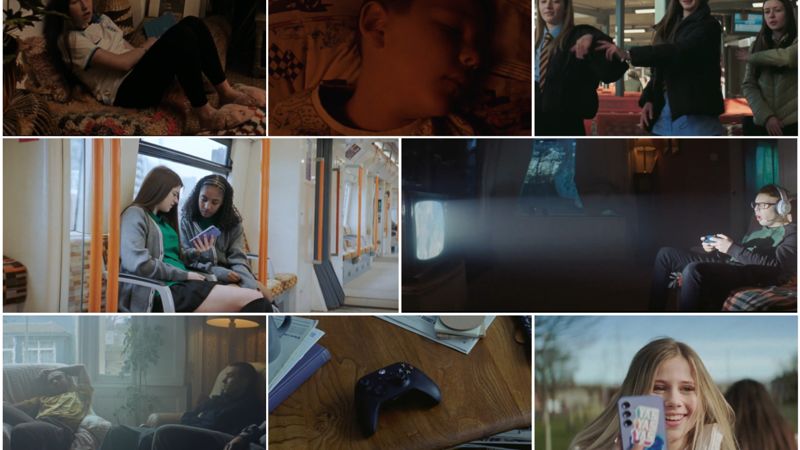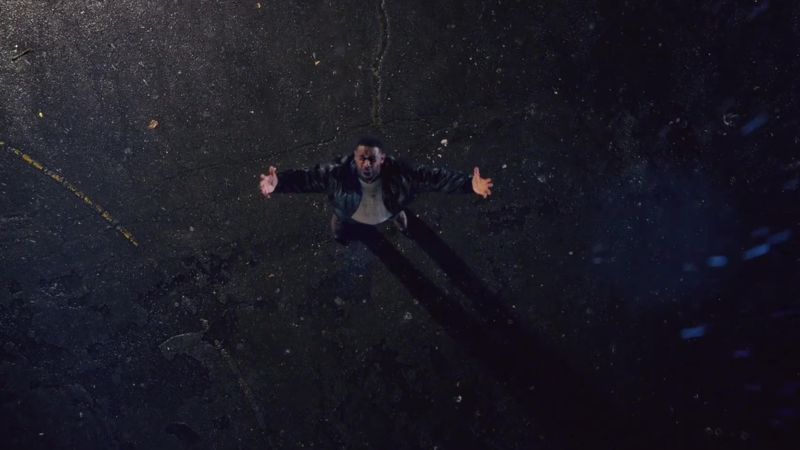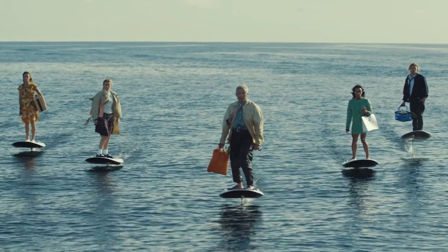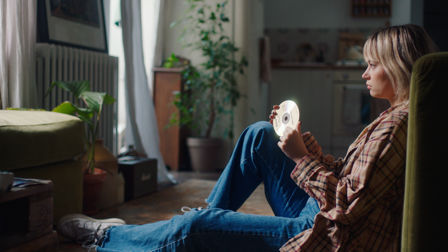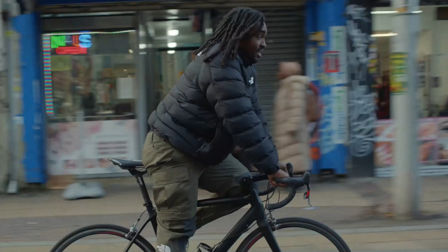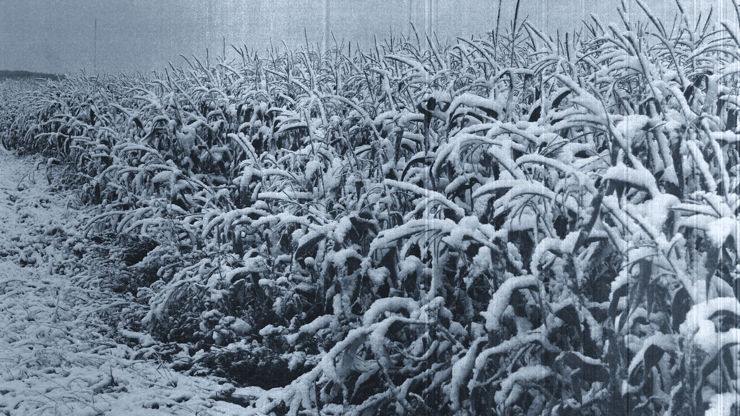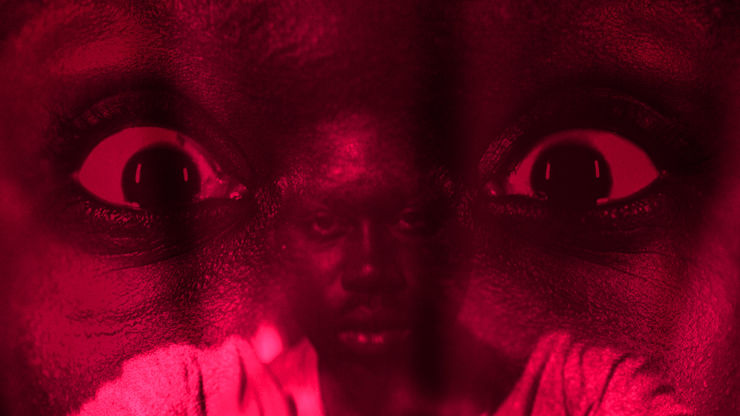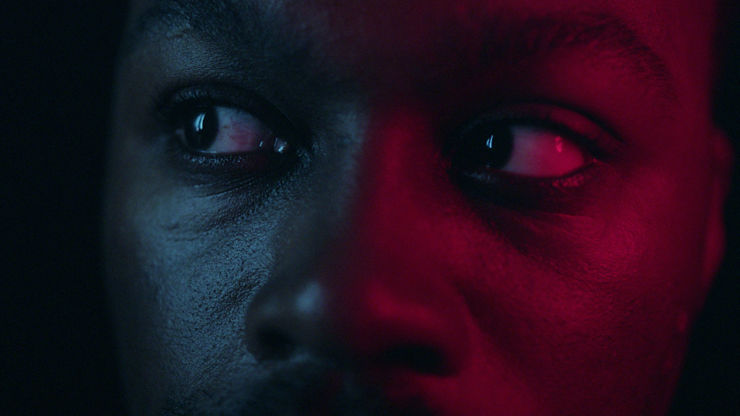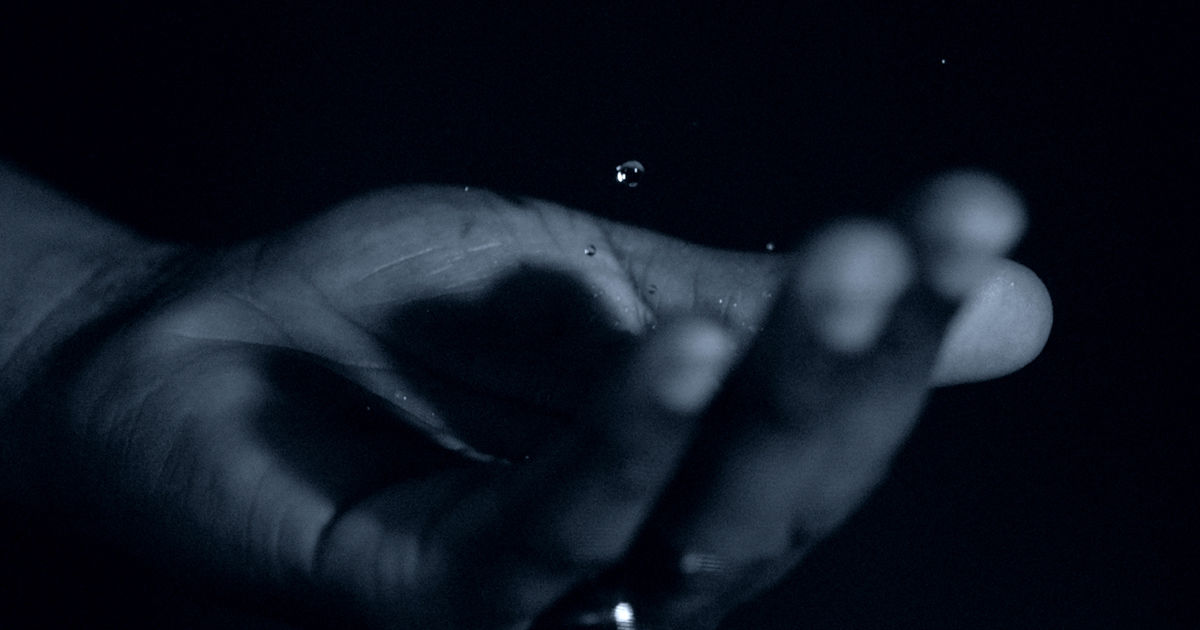How to make water flow against gravity
Directors Reuben and Jamie create a mythic world for Kurakura, explaining the software, cutting-room process, and how they captured a rising drop of water.
Creating apocryphal visuals and evoking an intense, almost desperate performance from their main actor, Directors Reuben and Jamie have crafted a chilling music video for Kurakura.
Evoking stop-motion photography, harrowing landscapes, the two directors have created a world where things are all turned upside down. The overall effect is incredibly poignant, and the craft that went into creating these details and the moving water is really fascinating.
One of the great details in this piece is the effect of a water droplet floating in the air. Can you explain how you achieved that visual?
This is using a technique called stroboscopic water. We attached tubing to a speaker and then played high-frequency sound waves through the speaker as the water flowed out of the tube. To the naked eye, the stream appears as a continuous flow of water, but when the frame rate of the camera is matched to the sound waves (24 frames per second = 24Hz sound waves) then the stream breaks into droplets and appear to hover.
The intense discipline required for their craft is a great inspiration in itself.
This enabled the actor to move his hand through in real-time whilst the droplets were hovering in-camera. Our sound engineer also wrote bespoke audio software which allowed us to change the frequency of the sound wave during a take. 23Hz would make the droplets move slowly upwards, 24Hz was a perfect hover, whilst 25Hz would move them downwards slowly. Through our software, we could fluctuate the frequency of the sound waves so that the droplets appeared to dance.
Credits
powered by
-
-
- Director Jamie Neale
-
-
Unlock full credits and more with a Source + shots membership.
Credits
powered by
- Director Jamie Neale
- DP Jamie Neale
- Executive Producer Iris Maor

Credits
powered by
- Director Jamie Neale
- DP Jamie Neale
- Executive Producer Iris Maor
How long did it take to develop that effect?
Jamie did quite a few camera tests beforehand, so we knew the settings we needed going into the shoot. But it was only once we had the audio software from sound engineer Jim Donaldson that we got it working perfectly with full control over the effect. It was a balancing act between water pressure, very high shutter speed, and soundwave frequency. We were all pretty excited on set once we had it working.
Was this developed for Kurakura, or had you done this before?
This was an idea we had always wanted to try and it felt like the perfect opportunity. The band had given us full creative control to experiment and the lyrics were a good fit for the technique.
Above: Gifs from the video showing the rising water practical effects.
Did you film in an actual darkroom?
Yes, we used a real community darkroom, which meant we were truly spoilt for props! We did some training with the staff at the darkroom first to understand some of the processes in more detail. Producing decent analog photography can be a pain-staking process, so there were a few tricks and pre-prepared props we used to speed up the process and enable us to get all our shots in a tight shoot schedule.
The photographs you use are cataclysmic. Where did those images come from?
The images are archive landscape photography sourced online from a range of free-to-use sources. We categorized them from beautiful vistas to a range of natural disasters (floods, tornados, fires, hurricanes, ice melts, etc). We were keen to select a good mix of different environments from across the planet.
How did you capture the images of celestial movements?
For some of the animated sequences, we scanned in textures and contact sheets and then created animations in After Effects. The planetary animations are based on mathematical principles of pendulum waves and solar eclipses, so we needed to use some 3D to make these sequences work as intended.
Above: Stills and gifs from Seismograph.
What inspired the climate-change motifs in this piece?
The band told us the song was about “planetary anxiety and our relationship with the universe”, whilst the lyrics made us think of climate breakdown – “forest fires,” “high seas,” “we’ve lost our way,” and so on.
We wanted the photographs to progress throughout the track, so they start beautiful and become more destructive as the angst in the song builds.
Did anything change in between the initial brief and filming?
We got all the shots and more in our original treatment so we were pretty happy with the shoot. It was our first time working with actor and model Kosta Adey, who really brought a great performance to the piece. We really put him through his paces on the final day with the camera really close to his face and all kinds of intense flashing lights and long takes – he did brilliantly to nail this intensity of the performance.
Above: Stills and gifs from Seismograph featuring actor and model Kosta Adey.
When editing, what was the toughest part about stitching together all these different elements?
Everything was shot at UHD and 60fps, but we knew we were delivering at 24fps HD. So this gave us a lot of flexibility in the edit for reframing and time-remapping. We watched all the footage back three times: in real-time, slow-motion, and sped-up, to determine how to get the best takes out of what we shot.
We actually ended up delivering a range of tour visuals as UHD files for the band so they can project them on stage behind their live gigs – Kurakura will be at Glastonbury next year so we’re hoping these visuals come in handy!
Did you use any films as inspiration?
We didn’t reference any films specifically, we were more focused on photographers for inspiration. We looked at the incredible work of Chris McCaw as inspiration for the time-lapsed landscapes and long exposure planetary trails. Then we looked at Myra Greene’s self-portraiture work with glass and silver nitrate as reference to our extreme close-ups. The intense discipline required for their craft is a great inspiration in itself.
)
